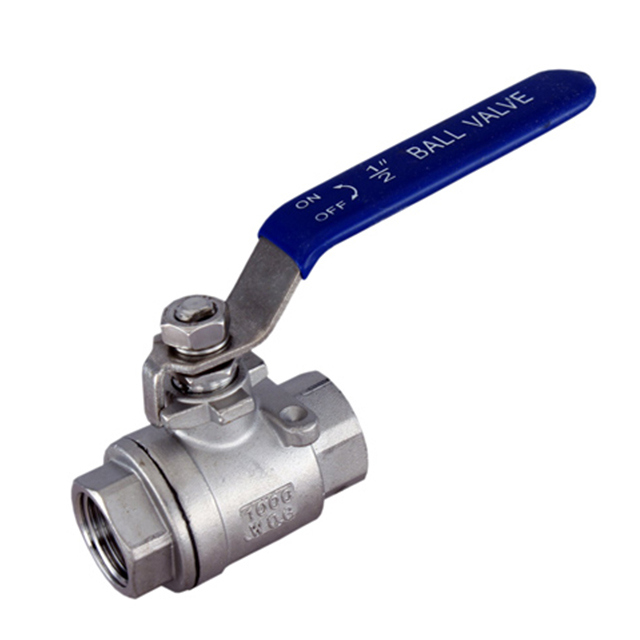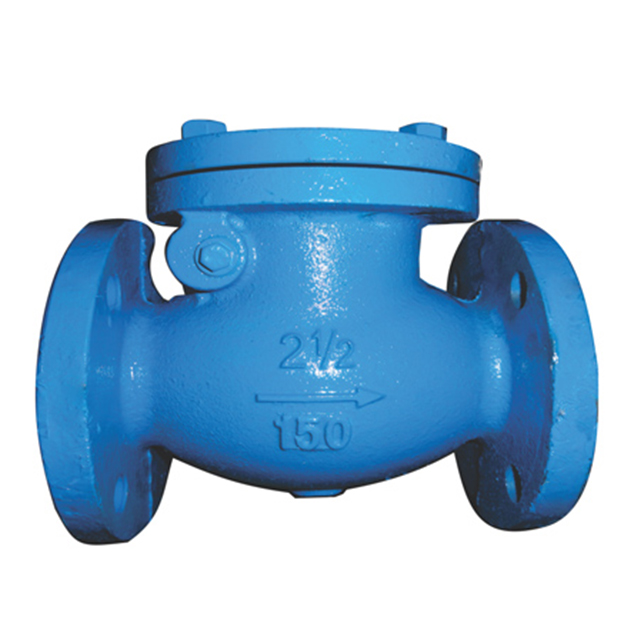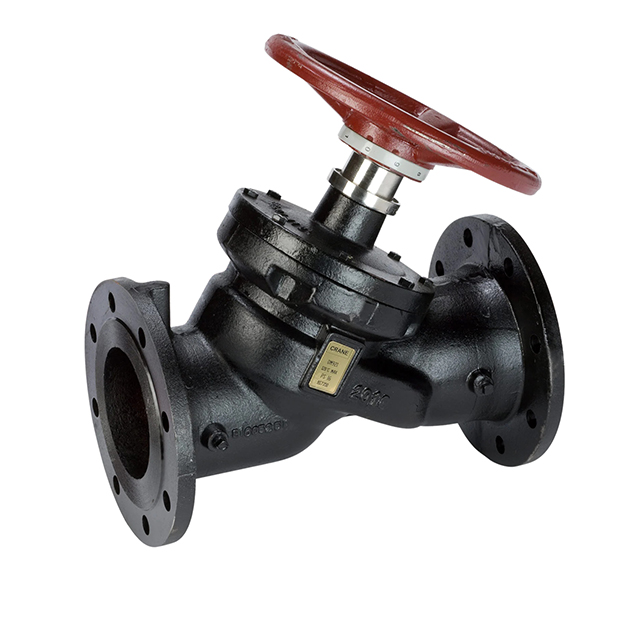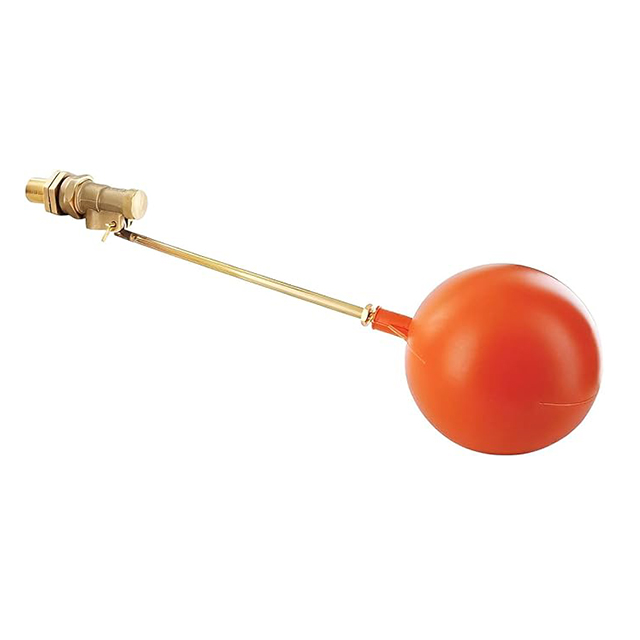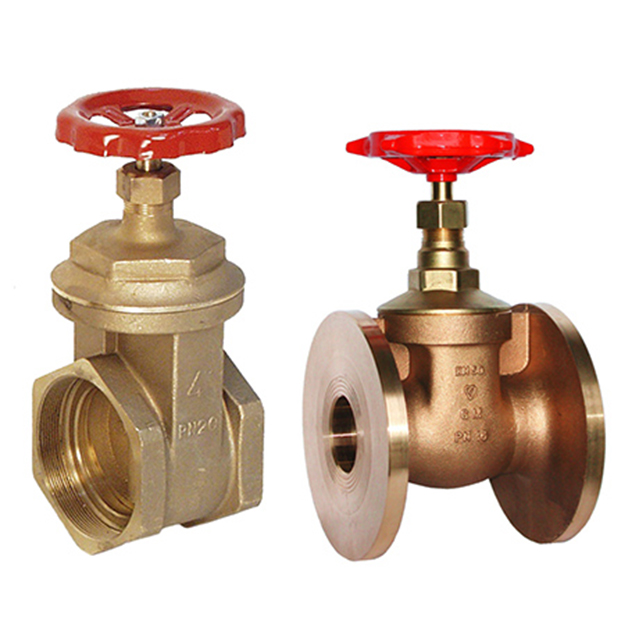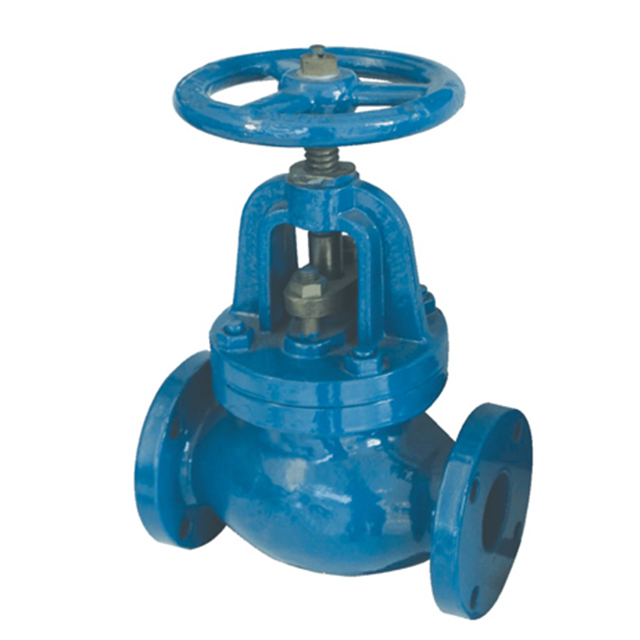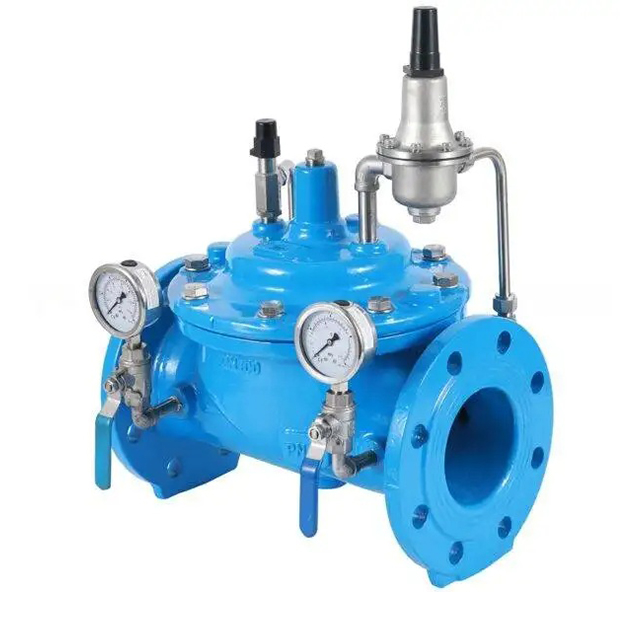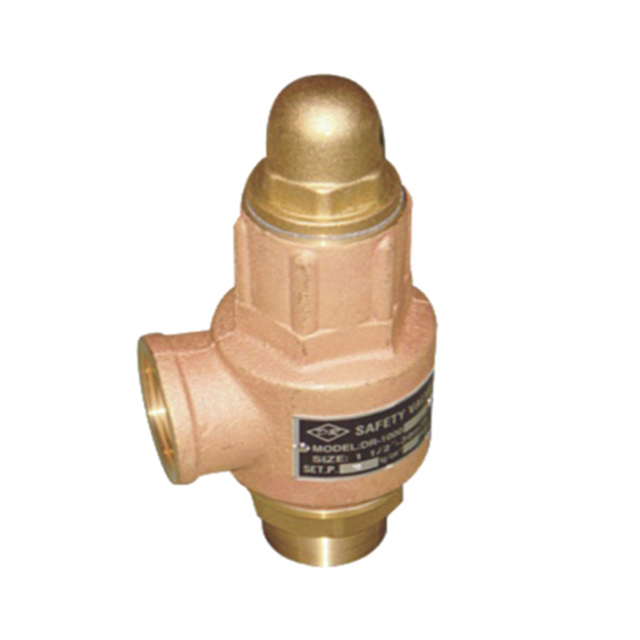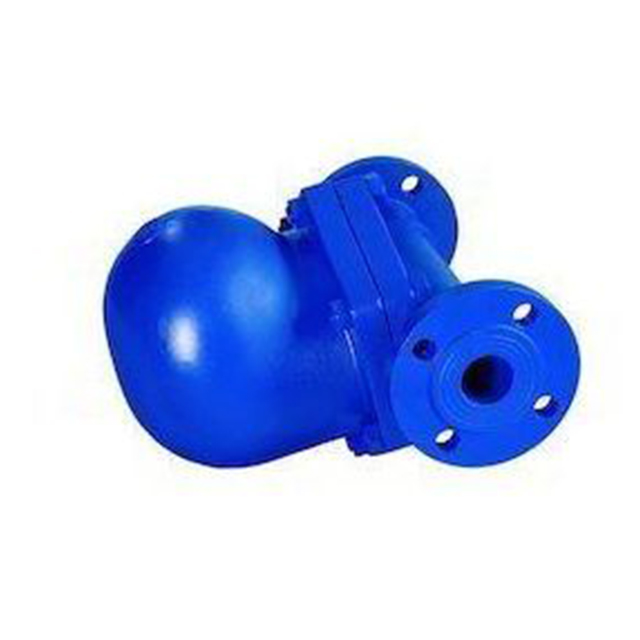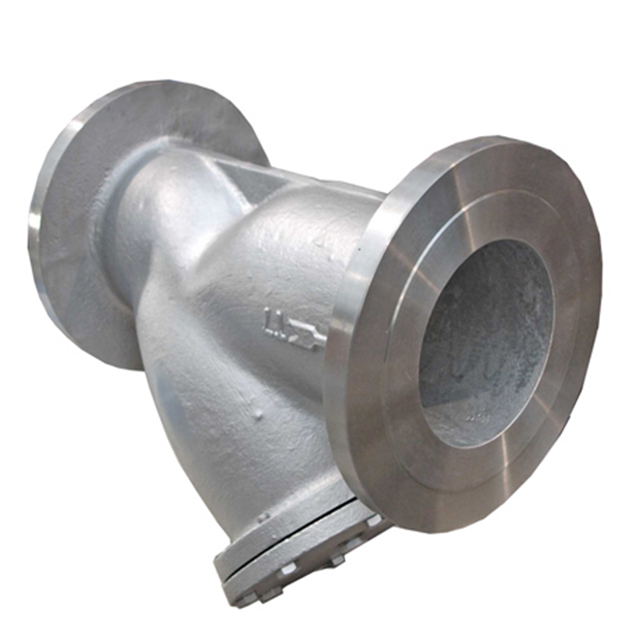Valves
- Home
- Product Range
- Valves
Valves
Valves are mechanical devices that control the flow of fluids (liquids, gases, or slurries) by opening, closing, or partially obstructing passages. They play a fundamental role in a wide range of industries, from oil and gas to water treatment, manufacturing, and beyond. The design and function of valves can vary significantly to suit different applications, and they are crucial for regulating the movement of fluids in a controlled and safe manner.
Types of Valves:
Gate Valves: Gate valves control the flow of fluids by raising or lowering a gate inside the valve body. They are often used for on/off applications where a straight-line flow of fluid is desired.
Ball Valves: Ball valves use a rotating ball with a bore to control the flow. When the bore is aligned with the fluid flow, the valve is open; when it is perpendicular, the valve is closed. Ball valves are known for their quick, quarter-turn operation.
Butterfly Valves: Butterfly valves have a disk that rotates about an axis perpendicular to the direction of flow. They are used for regulating flow in large pipelines and are valued for their lightweight and quick operation.
Check Valves: Check valves allow the flow of fluids in one direction only. They are crucial for preventing backflow, ensuring that fluids move in the desired direction.
Globe Valves: Globe valves control flow by raising or lowering a plug against the flow path. They are suitable for applications where throttling or regulating the flow is necessary.
Needle Valves: Needle valves have a slender, tapered point at the end of the valve stem, allowing for precise regulation of flow. They are often used in applications where fine control is crucial.
Pressure Relief Valves: Pressure relief valves automatically release excess pressure from a system, preventing damage or catastrophic failure. They are commonly used in systems where pressure fluctuations can occur.
Control Valves: Control valves regulate the flow of fluids by varying the size of the flow passage. They are often used in automated systems to maintain precise control over the flow rate.
Importance of Valves:
Flow Control: Valves are the primary tools for controlling the flow of fluids in a system. They enable operators to start, stop, or regulate the movement of liquids or gases.
Safety: Valves play a critical role in maintaining the safety of industrial processes. Pressure relief valves, for example, prevent overpressure, protecting equipment and personnel from potential hazards.
Efficiency: Properly selected and maintained valves contribute to the efficiency of a system by allowing precise control over flow rates and pressures, minimizing energy waste.
Isolation: Valves are often used for isolating sections of a pipeline for maintenance or repairs, allowing specific parts of a system to be worked on without disrupting the entire process.
Regulation: Check valves prevent the reverse flow of fluids, ensuring that they move in the intended direction and preventing contamination of pipelines.
Preventing Backflow: Control valves regulate the flow of fluids by varying the size of the flow passage. They are often used in automated systems to maintain precise control over the flow rate.
Considerations in Choosing Valves:
Type of Application: The specific requirements of the application, such as on/off control, throttling, or pressure relief, influence the choice of valve type.
Material Compatibility: Valves must be constructed from materials compatible with the fluids they will handle to prevent corrosion and deterioration.
Pressure and Temperature Ratings: Valves must be selected based on their capacity to handle the pressure and temperature conditions of the system.
Size and Flow Capacity: The size of the valve must match the size of the pipeline, and the flow capacity should be suitable for the intended application.
Automation and Control Systems: In modern industries, the integration of valves into automation and control systems is crucial for achieving efficient and precise operation.
In conclusion, valves are integral components in fluid control systems across various industries. The selection of the right valve type, considering the specific application and operational requirements, is crucial for the overall functionality, safety, and efficiency of a system.

